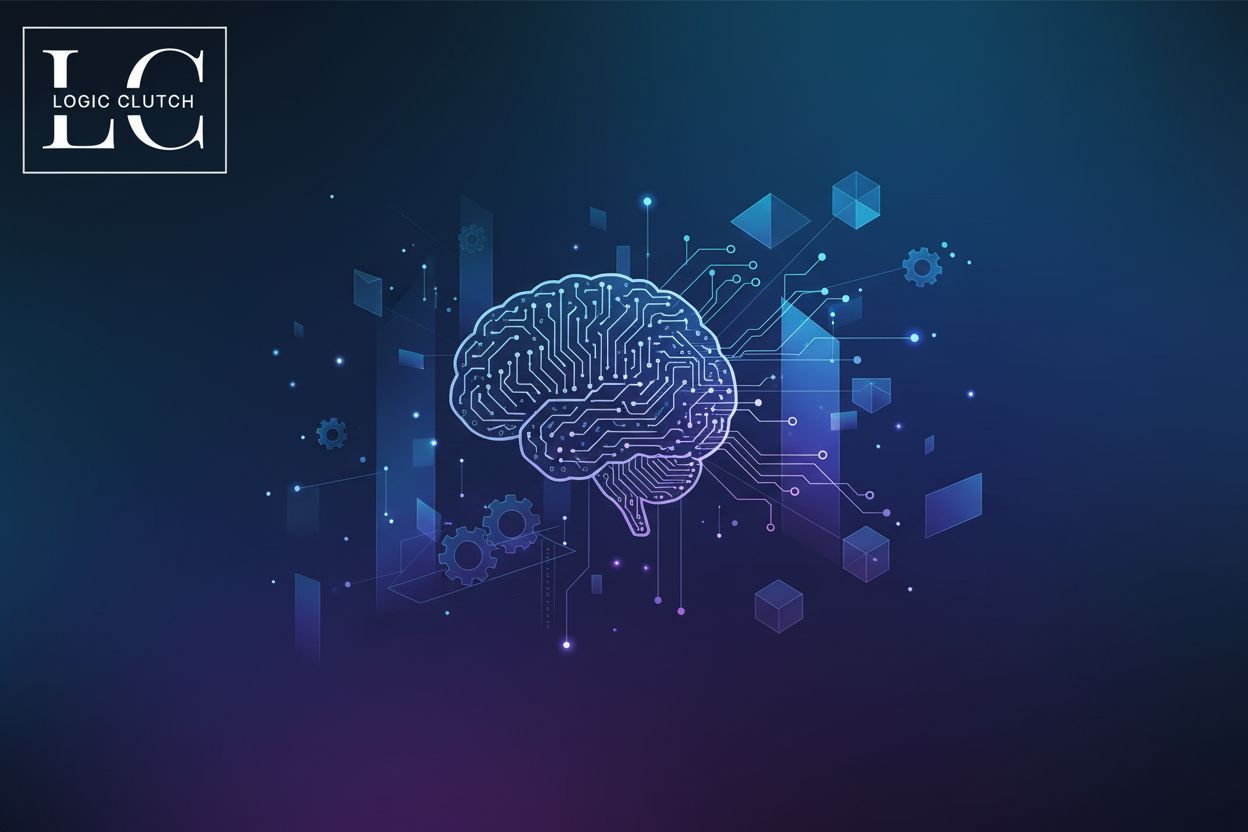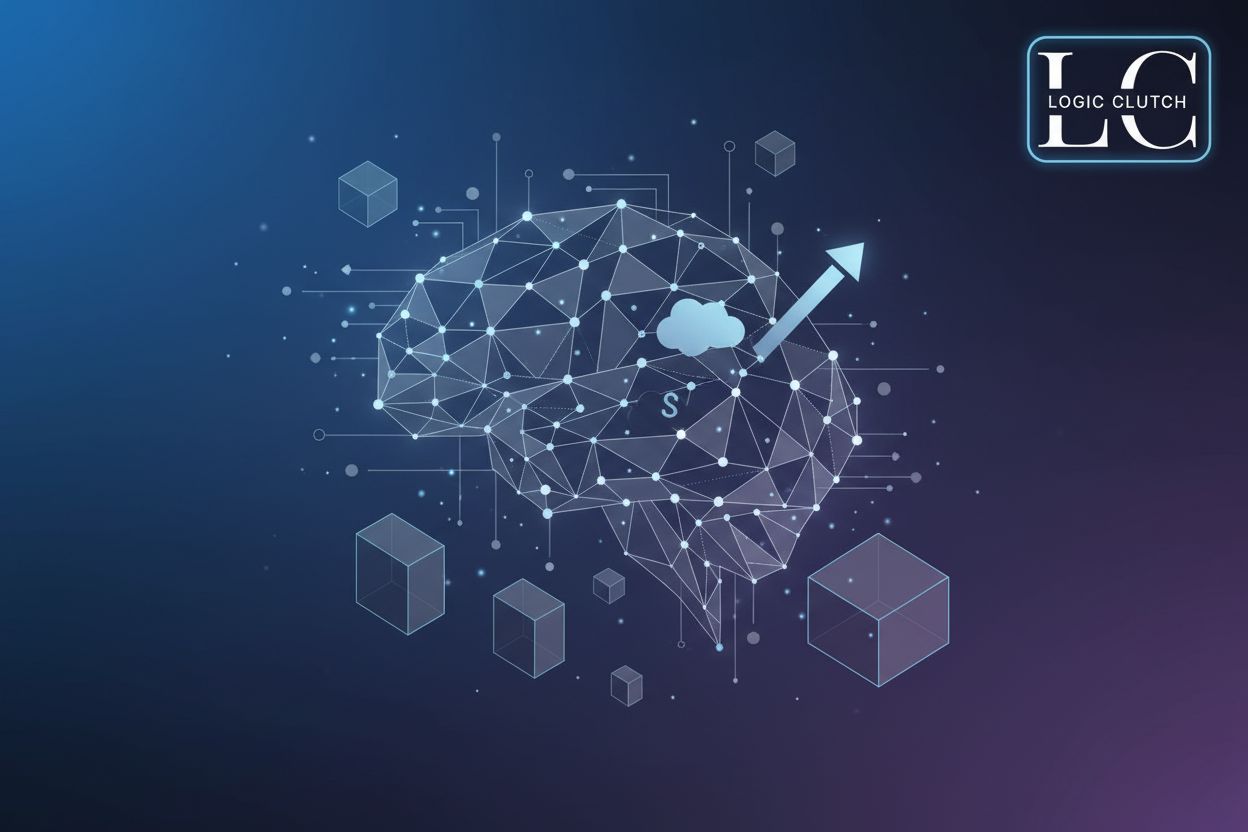Understanding Enterprise Digital Transformation
TL;DR
What is Enterprise Digital Transformation?
Okay, so you wanna know what enterprise digital transformation really is? It's more than just slapping some new tech on old processes--trust me, I've seen that fail way too many times.
At it's core, enterprise digital transformation is about fundamentally rethinking how your business operates, and how technology can enable that change. InformationWeek says it starts with a shift in thought process. It's not just about the tech itself, but what you do with it.
- It's about integrating digital technology across all areas of your business. Think about how you can improve customer relationships, streamline decision-making, or even launch entirely new, data-driven services, as InformationWeek explains.
- It means challenging the status quo and embracing experimentation. It's a cultural shift, really. As enterprisersproject.com puts it, organizations need to "continually challenge the status quo, experiment often, and get comfortable with failure."
- It's moving away from those clunky legacy systems towards more agile, data-driven models.
Honestly, if you're not thinking about this, you're probably already behind.
- It's a survival imperative in today's rapidly evolving landscape.
- It enhances your adaptability.
- It can dramatically improve customer experience and engagement.
- And, of course, it boosts operational efficiency and productivity.
Think about a healthcare provider using ai to personalize treatment plans. Or a retailer using data analytics to predict customer demand and optimize inventory. These aren't just "nice-to-haves" anymore; they're how businesses compete.
A key consideration is that leadership and culture plays a big part in the success of enterprise digital transformation, if leadership and culture aren't at the heart, it fails. Understanding what digital means to your company – whether you're a financial, agricultural, pharmaceutical, or retail institution – is essential.
So, what's next? Well, we need to dig into why this is so important for enterprises in the first place. Let's get into it.
Key Components of a Successful Digital Transformation Strategy
Okay, so you're thinking about digital transformation? Honestly, it's more than just a buzzword; it's a whole new way of thinking about your business. But where do you even start?
First, you gotta figure out what you actually want to achieve. Are you looking to boost customer satisfaction, speed up operations, or maybe even launch a whole new product line? These goals need to be specific – like, really specific. Think "increase customer retention by 15% in six months" instead of just "improve customer service."
And speaking of where you're starting from, take a good, hard look at your current tech situation. What's working? What's held together with duct tape and crossed fingers? Knowing your current digital maturity is key to figuring out what steps to take next.
Here's a truth bomb: if your digital transformation isn't focused on the customer, it's probably gonna flop. You need to understand their needs, their pain points, and what they actually want from you.
- Designing digital solutions that make their lives easier is everything.
- Think personalized experiences and building stronger relationships.
For example, a financial institution could use ai to offer custom investment advice based on individual client risk profiles. Or a retailer could use predictive analytics to personalize product recommendations and offers. It's about making every interaction feel tailor-made.
So, you've got your goals, you know where you stand, and you're laser-focused on the customer—what's next? Well, that's where clear communication comes in...
The Role of Salesforce, AI, and Data Intelligence
Okay, so you're thinking about how to make all this digital transformation stuff actually work? It's kinda like trying to build a race car while it's still moving, right? Tricky, but not impossible.
It's all about how you wrangle your data, and that's where Salesforce comes into play. Think of it as the central hub for all your customer interactions.
- It's not just about sales, though. Salesforce can help you streamline everything from marketing campaigns to customer service requests, giving you a 360-degree view of, well, just about everything.
- By centralizing all this information, you can actually start to make sense of it all. No more sifting through endless spreadsheets or relying on gut feelings—finally, data-driven decisions!
Now, let's throw some ai into the mix. I know, I know, it's another buzzword, but hear me out. ai-powered analytics can sift through those massive datasets and actually find insights, like patterns you'd never spot on your own.
- Think about predicting customer churn before it happens, or personalizing marketing messages based on individual preferences. That's the power of ai.
- It's not about replacing human intuition, it's about augmenting it. Let ai handle the heavy lifting, so your team can focus on the strategic stuff.
But here's the thing: all that data and ai power is useless if it's not integrated. You need to pull data from all your sources—crm, marketing automation, even those dusty old spreadsheets—and create a unified view.
- That's where data intelligence comes in. It's about ensuring data quality, establishing governance policies, and using that data to personalize every customer interaction.
- It's about turning raw data into actionable insights, so you can actually improve business outcomes.
Imagine a healthcare provider using Salesforce to manage patient records, ai to predict which patients are at high risk for certain conditions, and data intelligence to personalize treatment plans. Or a retailer using Salesforce to track customer purchases, ai to optimize inventory levels, and data intelligence to create targeted marketing campaigns.
So, how do you make sure this all works in practice? Next up, we'll dive into the importance of a clear digital strategy.
Overcoming Challenges in Enterprise Digital Transformation
Alright, so digital transformation... Sounds cool, right? But how do you not screw it up? Turns out, there's a few potholes to dodge.
One thing that trips up a lot of companies is dealing with their old tech. You know, the stuff that's been around since, like, the early 2000s?
- Modernizing outdated infrastructure is crucial. It's about swapping out those ancient servers for cloud-based solutions. You want to be agile, not stuck in the past.
-Cloud migrations? They're not just about saving money. It's about unlocking new possibilities, like ai-powered analytics or personalized customer experiences.
- Managing technical debt is another biggie. All that old code and those clunky systems? They can really hold you back from innovating.
Tech isn't the only hurdle. People can be resistant to change, especially if they're comfortable with the way things are.
- You have to foster a culture of innovation. Encourage employees to experiment, even if it means failing sometimes. That's, like, the only way to learn.
- Communication is EVERYTHING. Clearly explain the benefits of digital transformation. What's in it for them, not just the company?
- Provide training and support. Help employees adapt by giving them the tools and knowledge they need.
And of course, you can't forget about security. All that data you're collecting? You gotta protect it.
- Implement robust cybersecurity measures. Think firewalls, encryption, and regular security audits.
- Comply with data privacy regulations. Like, gdpr and all that stuff. It's not optional.
- Protect sensitive info from cyber threats. Because nobody wants to be the next headline about a massive data breach.
Now, how do you even begin to do all of this? Well, next up is setting a clear digital strategy.
Best Practices for Implementing Digital Transformation
Alright, so you're diving into digital transformation. It's not just about throwing money at new gadgets, it's about making smart, calculated moves for lasting change, and figuring out how to make it stick, you know?
Honestly, the best way to get started is with a pilot project. Pick something small, something manageable, and something that can show results quickly. Think of it as dipping your toes in the water before diving headfirst, and potentially cannonballing into the shallow end, haha.
This project should be laser-focused on solving a specific problem or achieving a specific goal.
For example, a hospital might start by implementing a new patient portal for appointment scheduling and test result access, rather than overhauling its entire emr system all at once.
Next up, you need a cross-functional team. This isn't just an IT thing, it's a everyone thing. You need folks from different departments, each with their own unique skills and perspectives.
Make sure you've got people who can communicate effectively and collaborate seamlessly.
Imagine a retailer putting together a team with members from marketing, sales, operations, and IT to develop a personalized shopping app. You get diverse ideas and a better end product.
Digital transformation isn't a one-and-done deal; it's a continuous process of iteration and adaptation. You need to constantly monitor your progress, measure your results, and adjust your strategy as needed- it's like trying to balance on a surfboard, you're always making small adjustments to stay upright!
Embrace agile methodologies and be prepared to pivot when things aren't working.
Think of a financial institution that uses customer feedback and data analytics to continuously refine its mobile banking app, adding new features and improving the user experience based on real-world usage.
LogicClutch, is an enterprise technology consulting firm, which specializes in master data management, salesforce crm solutions, ai analytics, and custom development.
We help organizations streamline processes, enhance customer experiences, and achieve data intelligence.
Our expertise includes master data management, salesforce crm solutions, on-demand development, resource augmentation, ai-powered saas solutions, custom development, data management, edge computing, and computer vision ai. With LogicClutch, you can navigate the complexities of digital transformation and unlock your enterprise's full potential.
So, you can see, it's all about starting small, building a great team, and always being ready to learn and adapt. What's next, you ask? Well, we'll dig into the importance of a clear digital strategy.
The Future of Enterprise Digital Transformation
Okay, so you're thinking about the future of enterprise digital transformation? Honestly, it's less about predicting flying cars and more about figuring out how to make businesses smarter, you know?
Cloud computing and edge computing are gonna keep growing, no surprise there. Think about it: more data needs processing closer to the source, and that's where edge computing comes in. It's not just about speed; it's about efficiency and resilience.
Expect to see ai and machine learning everywhere, automating everything from customer service to supply chain optimization. It's not just about replacing jobs, though. It's about letting ai do the heavy lifting so humans can focus on, well, the human stuff.
Cybersecurity and data privacy? Yeah, those aren't going anywhere. With all this data flying around, keeping it safe and compliant is gonna be a bigger deal than ever.
And don't forget iot and other emerging tech, like blockchain and augmented reality. These are still a bit "future-y," but they're slowly finding real-world applications. Imagine a healthcare provider using iot sensors to monitor patients remotely or a manufacturer using blockchain to track their supply chain.
Think about a retailer using ai to personalize shopping experiences based on customer data. Or a bank using machine learning to detect fraud in real-time. These aren't just "nice-to-haves" anymore, they're how businesses compete.
Of course, all this tech raises some ethical questions. How do we ensure ai algorithms are fair and unbiased? How do we protect customer data from misuse? These are questions we need to answer as we move forward.
The future of enterprise digital transformation isn't just about the tech itself, it's about how we use that tech to improve business outcomes and, hopefully, make the world a better place. It's a journey, not a destination, and it's one we're all on together.





